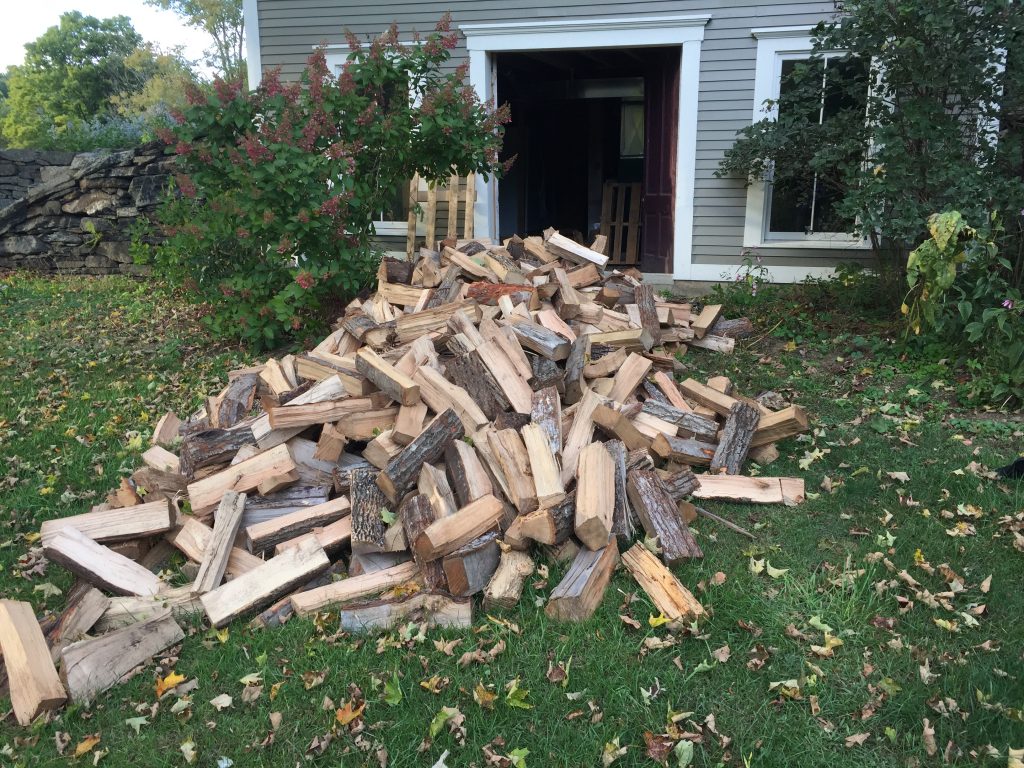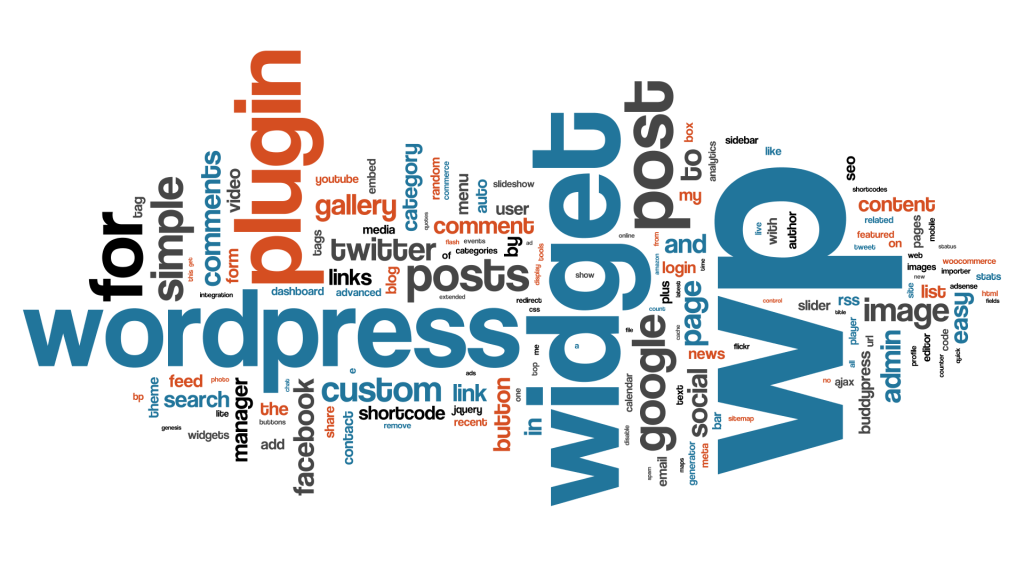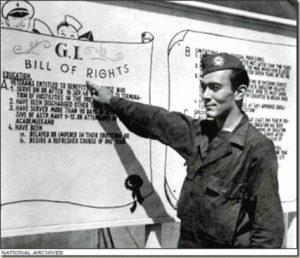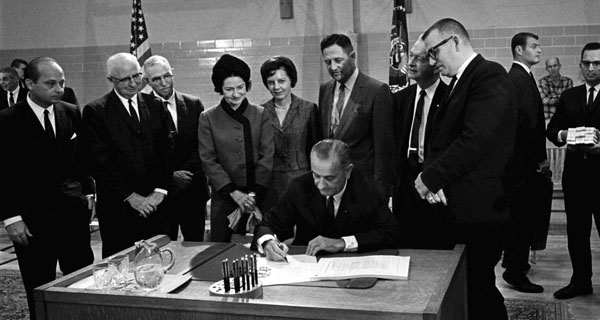Moving to what we called in the last post “completion” might be usefully compared to the final phase in an editorial project. As it happens, I am currently coediting a book of essays on teaching the writing of Ralph Waldo Emerson. In this book project we are at a similar phase: gathering editorial feedback from readers (outside readers, members of a scholarly publication committee, etc.) Similarly, you can benefit from having readers give you perspective on your site and editorial feedback.
Not everyone completed the “completion” post prompt. But we do have some excellent feedback to share that will give you some perspective on how an interested and informed reader is interacting with the project site you have constructed.Below are lists of comments from your peers and your instructors. Do consider having friends or colleagues review your site as well. The more insight you can gather from readers the better your final editing will be.
Over the weekend, all of you should be doing what is in effect a final edit of your site. Because these are public sites, that will persist on the web, you want to get your published work to be as “complete” and as “perfect” as it can be. If you did not complete the peer review, please use email to share your feedback with the project site authors.
Geneseo (Emily and John):
- The font: Can you make the font bigger and/or double space in the articles and interviews? I can’t read it very well, and my eyes aren’t even that old.
- Microstyle: The Understanding Empathy and Diversity through the Liberal Arts article heading quote is a little wordy/long.
- Resources page: I like the resources page. The Resources page subdivisions makes sense (published, archival, online)
- John: Where’s your picture on the “About the Authors” page? Miles to go, and promises to keep. . . . The head shot or image of you is an important consideration. Work on formatting text and sizing images fro consistency, as we have discussed in our project charrettes
- The initials on the quotations is awkward for a reader (remember: quotes is a verb) page. It is a pain, but I would expand into at least first initial, last name. Or is there a common convention for published interview transcripts? This might be worth looking up.
UNCA (Casey and Julia):
- UNCA should be spelled out on “What we’re about.” Most acronyms and abbreviations are writer- as opposed to reader-centered.
- I would add more description/clarity to the link categories and link names. This can also be done on the categories widgets page. You can easily choose to have “metadata” (date and/or descriptive prose) in a drop down menu
- I would put interviews first on the top bar, and contributors last (no offense, haha). If this does not work in the theme (if the default is alpha order and you can’t figure out how to make the change, go ahead and add a “Pages” widget at the top of the sidebar and order in a way that will direct the reader to the most relevant and/or important information
- In the timeline I would put a picture in the “going medieval” section.
Home Page
- I agree with the comment from class about removing “Continue Reading” and having the entirety of the text on the landing page
- I would take away the “Read More” on the home page. Go all in and put the whole post, especially because it isn’t that long.
- Is it possible to make “What We’re About” a page rather than a post without completely disrupting the rest of your layout? It would give the text more permanence (Unless you prefer to have date, name, etc. be included). The other way to do this would be to add a text widget at the top of the sidebar. Then you could use the main space on the landing page for something else. Image(s)? Just a suggestion.
- Title/tagline: take out “under construction”!! maybe consider adding a little specificity to give a nod towards the narrower focus of the site–what’s currently there isn’t necessarily bad/wrong, but could lead a reader to believe that a wider range of topics will be examined.
- Echoing the comments about reordering the menu in the header: maybe home, timeline, interviews, map, contributors? Timeline and interviews could be reversed, depending on how much context and history you want to push the reader towards before delving into the interviews.
- Also consider renaming some of the tabs to give a little more context/specificity–though you would be sacrificing brevity (probably a personal aesthetic call)
- The further context may also be less necessary once entirety of “What We’re About” is on the landing page
- The title is a challenge for a reader. Spell out NAPLA acronym somewhere? Could be in a number of places.
Contributors Page
- Pictures can be more symmetrical, consider different layouts of page, like we talked about in class before Thanksgiving. Crop the larger image and then use text wrap?
Current Campus Map
- Consider adding some text to further contextualize map with the rest of the site–the title is a good start, but I think the relevance could be further explained
- Is it possible to also mark the previous locations of the college in the map? It is a cool map but why is there? You don’t want the visitor to your site to be asking this question
Interviews
- I really like the visual layout of this page
- Add a date/place of interview to the text of each interview
- Add pictures to the Ogg/Meyers interview for the sake of symmetry. Center the Hyde / Reeve head shots to be consistent with the Waters image?
- Consider order interviews are presented in–right now I can’t distinguish any deliberate order. IT would make good sense to have a few sentences to introduce the list and the order. You would also help a reader by perhaps summarizing or highlighting parts of the interview that are significant and that help a reader understand your findings in this project. Much of the material on the site is great but is waiting for you to offer commentary and analysis. What have discovered in the process of building this project? What do we know about UNCA that we might not have known when we started? What is the story?
Timeline
- Images are great
- Make sure tense is consistent through all of the slide–right now some are present, some past. This is really important for professional presentation
- Think one is necessarily better than the other, but just make sure it’s the same throughout.
- “The Final Move:” it’s→ its
Keene State College: (Abby)
Welcome
- Stating title/tagline right at the beginning of the welcome page borders on redundancy. That being said, I really like the title and tagline.
- I’m not sure about the arrangement of explanation-quote-explanation. I think I’d prefer an image or something more along those lines. I like the newly added (as of Tuesday night) text underneath the quote, but if you’re adding more text, I think more quotes would be better. Maybe have all of the site explanation together and then a few quotes? If you don’t go the image route.
- An image or images here would be useful and would compliment the minimalist theme aesthetic. Like you said in last class, you are looking for the right image. Good. You could even do a little gallery of images
- In sidebar: spell out KSC in “KSC Doc” link to mirror link to college website. Or abbreviate both.
- The social media icons are great. Can they be scaled (smaller)? They do call attention to themselves (the color perhaps more than the size? Or both?)
- The Categories for the Links is really great. Nice work.
- Also consider adding links to COPLAC, NAPLA course site
- In footer: consider adding customized text (maybe name of site)
Personal Narratives
- From most recent to older graduates is order. That works. Why? The question is not to change it necessarily. The rationale for this order should be clear. It would be good to have a few sentences at the top of this page to give some insight into the interviews. What is story? What do we learn about the history of Keene State College by listening to these women?
- Definitely Consider adding some sort of image to excerpt of each interview
- Make sure date of interview is in each text description of interview–don’t necessarily remove “this morning,” etc, just add date parenthetically.
- Make sure location of each interview is clear
Image Gallery
- Maybe add more specificity to name of page? This would sacrifice the current brevity of the title, which has its own benefits
- Scan images if possible–those with text are a little difficult to read without going into full screen
- Include full images from background collage? It would be cool to see them in their entirety somewhere
About the Author, Acknowledgments
- Both great
- Maybe some kind of image for visual interest on Acknowledgments page?





 There are many book-length histories of American post-secondary education in your campus libraries. And we invite you to read in this material. However, for the purposes of this course, and the intellectual work you are doing this week, we have compiled selected materials that will introduce you to the governmental policies, social trends, and cultural forces that helped to determine the direction of post-secondary education during the past century.
There are many book-length histories of American post-secondary education in your campus libraries. And we invite you to read in this material. However, for the purposes of this course, and the intellectual work you are doing this week, we have compiled selected materials that will introduce you to the governmental policies, social trends, and cultural forces that helped to determine the direction of post-secondary education during the past century.
